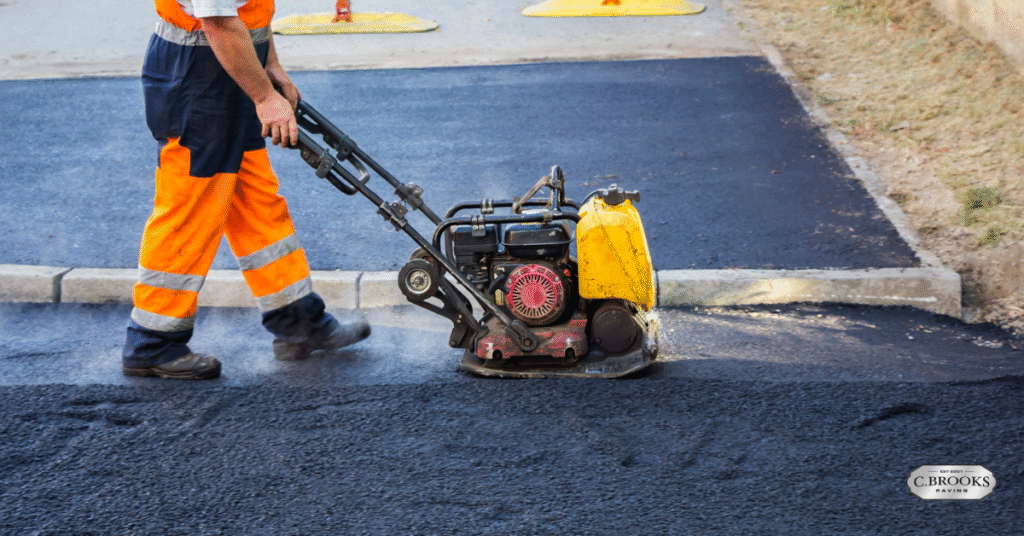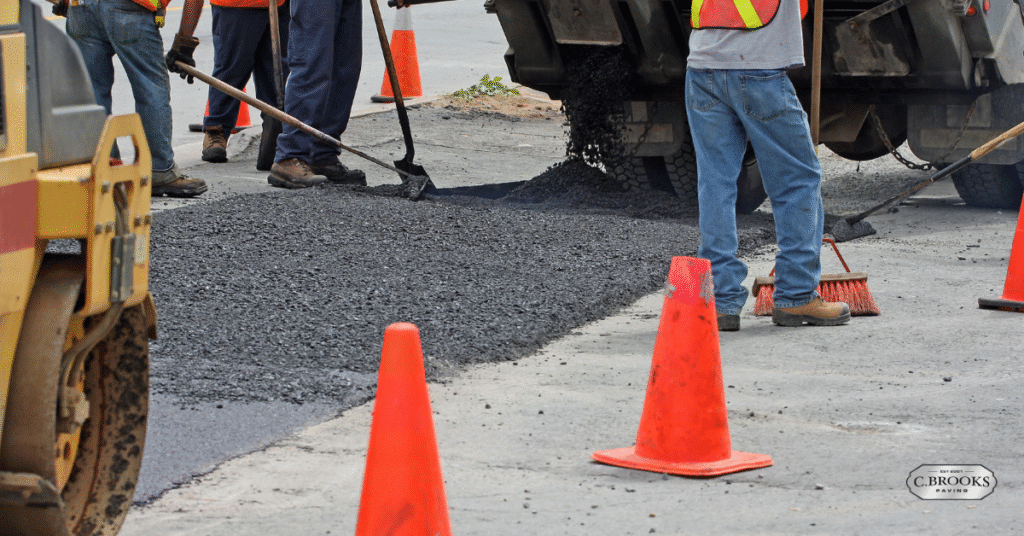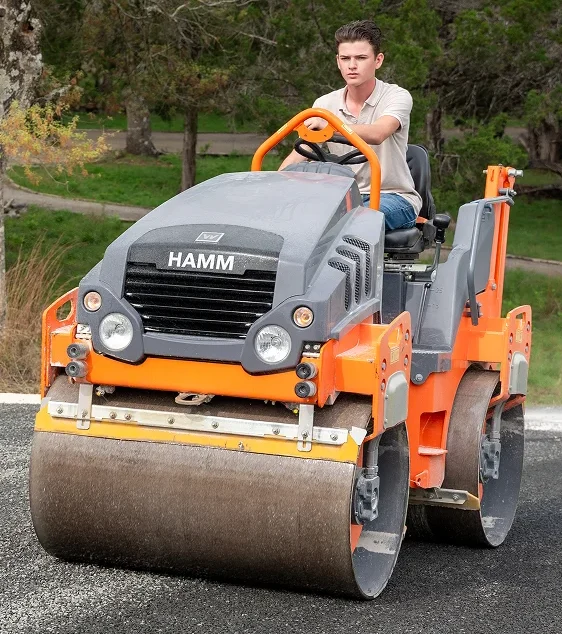Asphalt surfaces take a beating every day from weather, vehicles, and time. From driveways in Bulverde to long stretches of rural Texas roads, cracks in asphalt are a common sight and a serious concern. While some may seem cosmetic, many types of cracks point to underlying issues that worsen if left untreated. Knowing how to identify the common types of asphalt cracking can save you money, extend the life of your pavement, and maintain its function and appearance.
Let’s take a closer look at the 7 common types of asphalt cracking and how to spot them before they require more extensive repair or resurfacing.
Why Pavement Cracks Matter
Cracks in your asphalt pavement may seem minor at first, but they often signal problems beneath the surface. Cracks allow water to seep into the pavement structure, softening the base and leading to more severe damage. This can cause cracks and potholes, surface fatigue, and eventual failure.
Key reasons to address asphalt cracks early:
- Prevents water from weakening the asphalt layer
- Reduces the risk of costly asphalt repair or full replacement
- Maintains safety and curb appeal
- Helps preserve your investment and extends the lifespan of the asphalt surface
Whether you’re maintaining a residential driveway or commercial pavement, early action is critical.
Causes of Asphalt Cracking
Understanding the causes of asphalt cracking helps prevent problems before they start. Below are the most common contributors:
1. Temperature Shifts
The asphalt binder expands in heat and contracts in cold. This shrinkage of the asphalt leads to thermal cracking, such as transverse cracking and longitudinal cracking.
2. Water Penetration
Moisture seeping into the asphalt mix weakens the base, especially when poor drainage causes standing water.
3. Heavy Loads
High traffic volumes, especially from heavy vehicles, cause premature breakdown if the asphalt pavement lacks structural support.
4. Poor Installation
Using a low-strength or deficient asphalt mix, or failing to compact the base properly, increases the risk of early asphalt crack formation.
5. Age of Pavement
Old pavement deteriorates over time from UV exposure, oxidation, and repeated traffic stress, especially without regular cleaning, repair, or sealcoating.

Understanding the Different Types of Asphalt Cracking
Here are the 7 types of asphalt cracking you’re most likely to encounter:
1. Alligator Cracking (Fatigue Cracking)
- Appearance: Interconnected, web-like cracks that resemble alligator skin
- Cause: Structural failure due to poor drainage or sub-base
- Spotting: Appears in high-traffic zones; act early before it worsens
2. Longitudinal Cracking
- Appearance: Long cracks run parallel to traffic
- Cause: Shrinkage, joint failure, or inadequate asphalt installation
- Location: Often near the pavement centerline of roadways and drive lanes
3. Transverse Cracking
- Appearance: Cracks run perpendicular to traffic
- Cause: Low temperature thermal cracking from asphalt contraction
- Spotting Tip: Look for evenly spaced cracks that appear across large surfaces
4. Edge Cracking
- Appearance: Cracks along the edges of the pavement
- Cause: Lack of support, water damage, or encroaching vegetation
- Spotting Tip: common on driveways, rural roads, or where pavement meets soil
5. Slippage Cracking
- Appearance: Crescent-shaped cracks, often curved
- Cause: Slipping of the asphalt layer due to poor bond
- Spotting Tip: Found in braking and turning zones like intersections
6. Block Cracking
- Appearance: Rectangular or squares on the pavement surface
- Cause: Aging or oxidized asphalt with little traffic
- Spotting Tip: Common in low-use areas; cracks span large areas in a grid pattern
7. Reflection Cracking
- Appearance: Cracks that mirror patterns beneath the surface
- Cause: Movement in the underlying pavement or cracked or jointed base
- Spotting Tip: Seen when new asphalt is laid over old cracked surfaces

How to Spot Cracks Early
Walk Your Surface Monthly
Conduct a walking inspection of your asphalt surface, especially after weather changes.
Monitor High-Stress Areas
Watch drive lanes, corners, and edges of the pavement for early signs of cracking.
Use Tools for Better Visibility
Use a flashlight for shadows or a drone for large lots to identify patterns like alligator or block cracking.
Crack Repair and Asphalt Maintenance Tips
Small Cracks
- Use crack seal or filler for hairline cracks under ¼ inch
- Prevents moisture infiltration and spreads
Wider Cracks or Base Damage
- Require asphalt crack repair by professionals
- Hot asphalt emulsion, rubberized filler, or patching may be used
Soft Areas Around Cracks
- Signal base failure, which needs urgent asphalt repair or even resurfacing
Asphalt Crack Repair and Maintenance Services in Bulverde, TX
C. Brooks Paving offers expert services to address all types of asphalt cracks, including:
- Hot rubber crack sealants
- Asphalt cleaning, patch repair, and installation
- Driveway crack repair
- Tar and chip for rural pavement
- Routine sealcoating to extend the life of your asphalt pavement
We handle every type of crack with materials and methods proven in Texas weather.
Why Choose C. Brooks Paving
- Local experts in asphalt installation and repair
- Serving Bulverde and South Texas for four generations
- No hidden fees or upsells
- Fast turnarounds and honest work
- Long-lasting results backed by community trust

Final Thoughts
Cracks in asphalt are more than just cosmetic. they can signal serious issues with your pavement structure. Whether it’s longitudinal, block, or slippage cracking, early detection and professional repair make all the difference. With the right care, including regular cleaning, installation checks, and sealing, your asphalt surface can last for years without needing total replacement.





